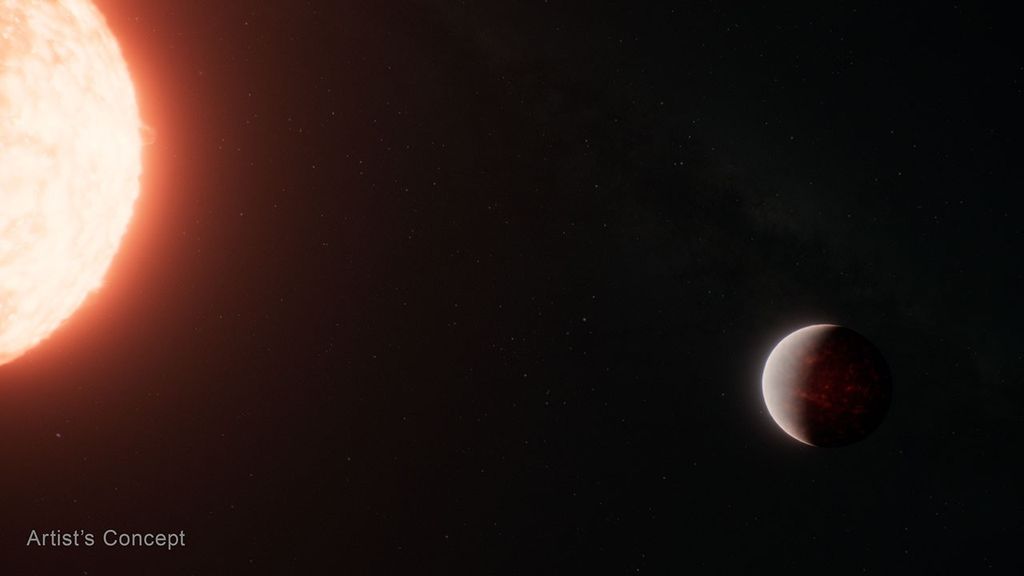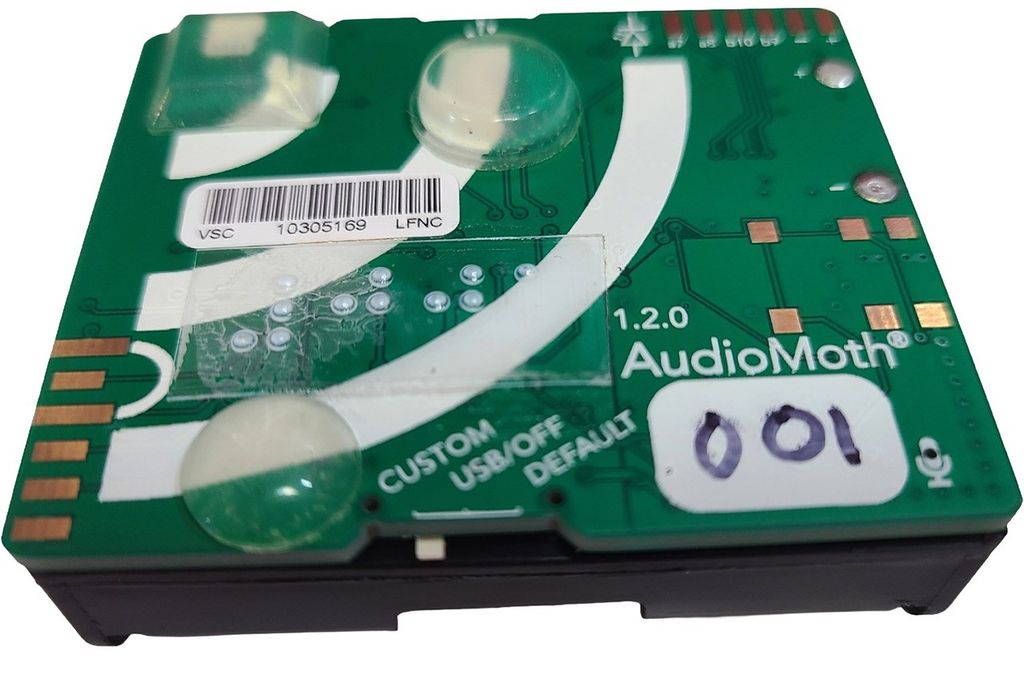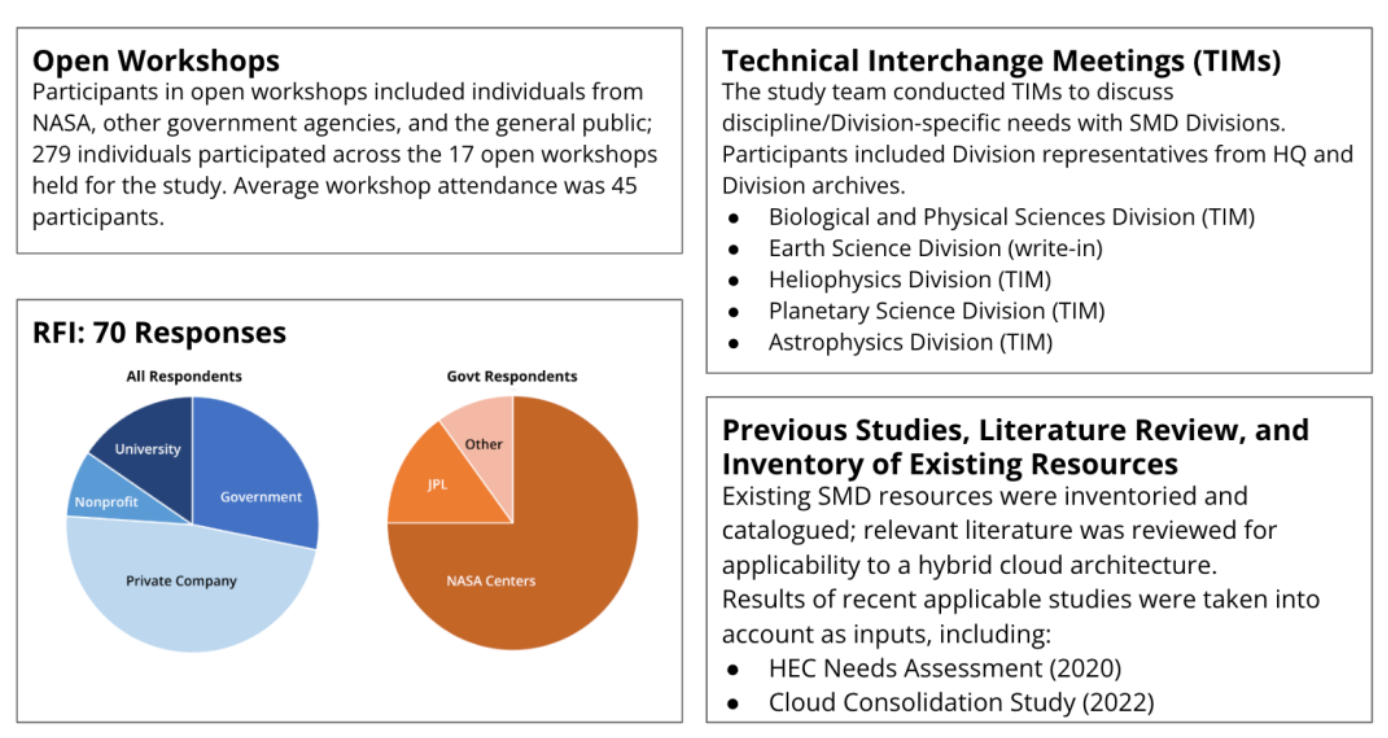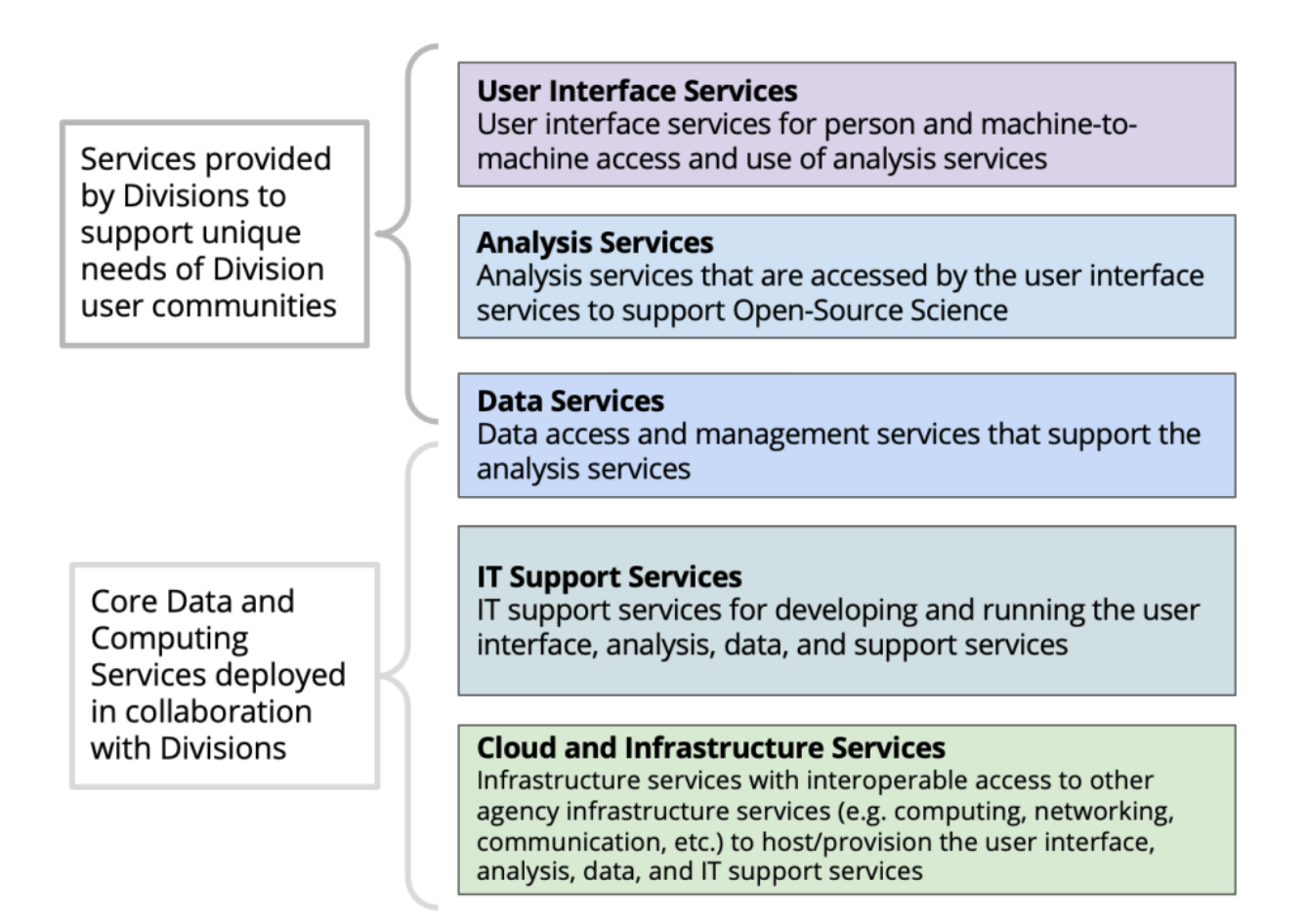Data and Computing Architecture Study
Overview
The NASA Science Mission Directorate’s (SMD) Data and Computing Architecture Study final report was released on August 5, 2024. Now is a critical time to ensure that SMD’s data and computing systems work effectively to provide services to users. NASA's 150+ current and upcoming missions studying Earth, the Moon, the Sun, the atmosphere, and beyond generate substantial data, with over 100 petabytes currently available freely and openly, projected to exceed 500 petabytes by the end of the decade.
Access the Data and Computing Architecture Study report here (PDF, 960 kB).
The Data and Computing Architecture Study was chartered in FY22 to determine: whether a coordinated cloud and on-premises computing infrastructure could meet the data and computing needs of SMD, enable efficiencies, and support SMD’s transition to open science.
The study had two goals:
- Identify scientific data and computing capabilities and architectures that:
- Enable open science
- Improve access to advanced computing and analytic services
- Allow open scientific collaboration
- Manage cybersecurity risks
- Balance cost.
- Identify opportunities that will ensure long-term evolution and sustainability of an SMD- wide data and computing infrastructure to enable open-source science.
A strategic evaluation of SMD’s data and computing infrastructure was necessary to improve coordination of NASA’s scientific data and computing capabilities. The scope of this study included the data and computing systems supporting SMD-sponsored scientific workloads:
- Scientific modeling and simulation
- Data processing (L0-L4)
- Data analytics
- Artificial intelligence and machine learning
Frequently Asked Questions
Answers to common questions about the Data and Computing Architecture Study.
What inputs were solicited for the Data and Computing Architecture Study?
The study solicited input from a broad and varied set of NASA teams, industry partners, open science experts, and stakeholders across the science mission, research, data, and computing systems community. The study was conducted openly and included public workshops and broad outreach efforts.
Input gathering for the study included:
- 17 open workshops with industry, research institutions, and government agencies
- A Request for Information (RFI) open January – February 2023
- Technical interchange meetings with SMD divisions covering cloud and High-End Computing (HEC) architecture.
Recent SMD studies on HEC and cloud architecture were also considered. The study was designed with emphasis on a combination of broader outreach (ex. RFI, open workshops) and smaller, highly targeted “deep-dives'' with expert individuals from SMD divisions.
Watch the recording of the January 26, 2023 SMD Townhall.
View full recordings of previous workshops on YouTube.
What were the findings and recommendations of the Data and Computing Architecture Study?
A notional service layer architecture was developed following the synthesis of study inputs; findings and recommendations addressed all five layers of this notional architecture.
The study concluded with five findings, resulting in recommendations that address these reference architecture and programmatic aspects:
- Open-Source Science Infrastructure
Addresses the need to efficiently access/combine data from multiple repositories, leverage modern scientific analysis and collaboration tools, and easily utilize data in cloud environments and high-end computing facilities. - Infrastructure Common Services
Addresses specific “baseline” collaboration tools, cloud services, and data services that would be useful to all SMD divisions. - Improving Efficiency and Access to Computing
Addresses the need for developers, operators, and users to have flexibility, ease of entry, and surge capacity within data and computing systems. - Managing Cybersecurity Risks (Programmatic)
Addresses implementation of cybersecurity across SMD’s data and computing resources. - Long-term Sustainability (Programmatic)
Addresses the organizational framework required to most effectively capitalize on existing and future scientific data and computing resources, including the management of cloud resources.
How is SMD responding to the recommendations of the Data and Computing Architecture Study?
The Office of the Chief Science Data Officer is supporting the development of the Core Data and Computing Services program element. This program element flows from U.S., NASA, and SMD priorities/strategies; the development of the program will also be guided by the study results to ensure that it meets the SMD divisions’ and users’ needs.
The Core Data and Computing Services program element will provide a foundation for a layered architecture over which SMD science divisions can seamlessly and efficiently integrate their discipline-specific services. Central to the development of the Core Data and Computing Services program element will be the integration of new and existing data and computing capabilities into a modular and secure architecture that is reusable by all of the SMD divisions.
If you have any questions about Data and Computing Architecture Study, please contact Andrew Mitchell.































